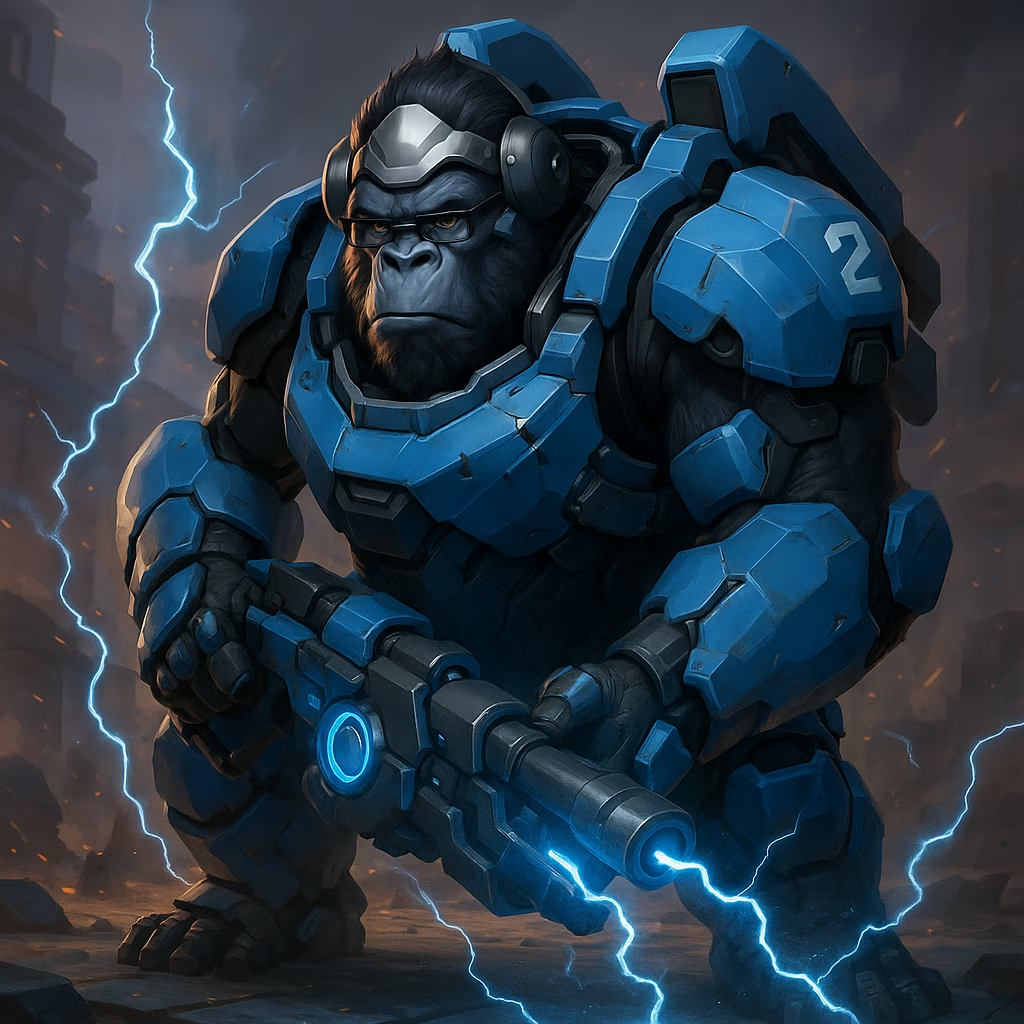Echoes of Neglect: Overwatch 2's Turbulent Steam Voyage and the Unheeded Voices
Explore the tumultuous launch of Overwatch 2, revealing corporate neglect, community backlash, and the human cost behind Blizzard's digital storm in 2023.
The digital shores of Steam welcomed Overwatch 2 in 2023 with crashing waves of anticipation, yet within hours, the tides turned violently. What should have been a triumphant homecoming for Blizzard’s flagship franchise became a harrowing spectacle of broken promises and corporate deafness. Beneath the neon glow of hero animations and polished gunplay, a tempest brewed—one foreseen by those who built the world but silenced by those who controlled it. As review bombs painted the storefront crimson, the human cost of ignored warnings unfolded like a tragic ballad in real-time, exposing fractures in an industry often blinded by its own shimmer.
The Gathering Storm
Months before the ill-fated launch, whispers of impending disaster echoed through Blizzard's corridors. Andy Belford, then-community development manager, stood among sentinels sounding the alarm. His team meticulously charted the coming hurricane: player fury over scaled-back PvE content, abandoned narrative arcs, and the bitter residue of unmet expectations. They visualized the tsunami of Steam reviews—a toxic deluge threatening to engulf morale and reputation. Yet when they begged for reinforcements, for tools to build levees against the flood, their pleas dissolved into corporate void. "All flatly denied," Belford would later recount, the words tasting of ash. Why prepare for a storm everyone saw brewing? The answer lay not in logic, but in distant boardrooms.

Chains of Command
The refusal, Belford revealed, cascaded from the apex itself: Bobby Kotick, then-CEO of Activision Blizzard. In a chilling display of detachment, Kotick dismissed the team’s urgent petitions. Community managers—already navigating player discontent—were now ordered to manually moderate Steam’s erupting volcano of toxicity. Imagine these souls, paid pennies compared to executives, sifting through sewage of threats and vitriol because leadership deemed shields unnecessary. Belford’s refusal to expose his team to such trauma was overruled, exposing Blizzard’s grim hierarchy. Consequences, as always, rained heaviest on the "lowest paid and most overworked individuals," their screens flickering with humanity’s darkest reflections while executives watched from sanitized silence.
Ghosts in the Machine
Kotick’s eventual 2023 departure after 32 controversial years felt like an exorcism to many. No developers raised glasses to his legacy; instead, a chorus of untold stories surged forth—tales of crunch, squandered creativity, and profits prioritized over people. The Overwatch 2 Steam debacle crystallized his reign’s ethos: human capital as expendable fuel. Even now in 2025, one wonders—how many brilliant worlds died unborn under such calculus? The community team’s ordeal was no anomaly but a symptom of systemic rot. When Kotick left, he took with him an era of callousness, yet the hollowed-out dreams remained.
Whispers from the Trenches
As a player who cherished Overwatch’s original spark, this saga stings with peculiar melancholy. Remember the 2016 beta’s magic? The gasp when Reinhardt’s shield first shimmered? That wonder curdled into something mournful by 2023. Loading into a match during the Steam chaos felt like dancing on a grave—every "DEFEAT" screen whispered of sacrificed potential. I recall typing encouragement to a support player drowning in team-chat venom, wondering if they were one of Belford’s besieged moderators working overtime. The weight of their invisible labor hung in every match. Gaming should be joy, not a battlefield where creators become collateral damage.
Fractured Horizons
Reflecting now, patterns emerge sharper:
-
The Premature Launch Paradox: Releasing during peak player discontent guaranteed disaster. Yet the calendar overruled wisdom.
-
Toxicity as Business Model: Forcing under-resourced teams to absorb abuse normalizes exploitation.
-
Silent Exodus: Belford and others left—taking institutional memory and passion with them. What innovations vanished in their wake?
The Unanswered Question
Two years later, as neon signs flicker on newer games, the ghost of this fiasco lingers. Corporate leadership changed, yet fundamental questions hover like unclaimed ultimates:
-
Can an industry built on passion survive when it systematically muffles the voices safeguarding that passion?
-
When review bombs detonate, do they signal player malice—or the tragic failure of bridges burned by executives?
-
And most hauntingly: How many storms must drown the faithful before the watchtowers finally listen?
The servers hum on. Heroes still clash on Ilios rooftops. But in the silence between gunfire, one hears the echo of Belford’s team pounding on doors that never opened—a requiem for what might have been, and a warning flare for what may come.